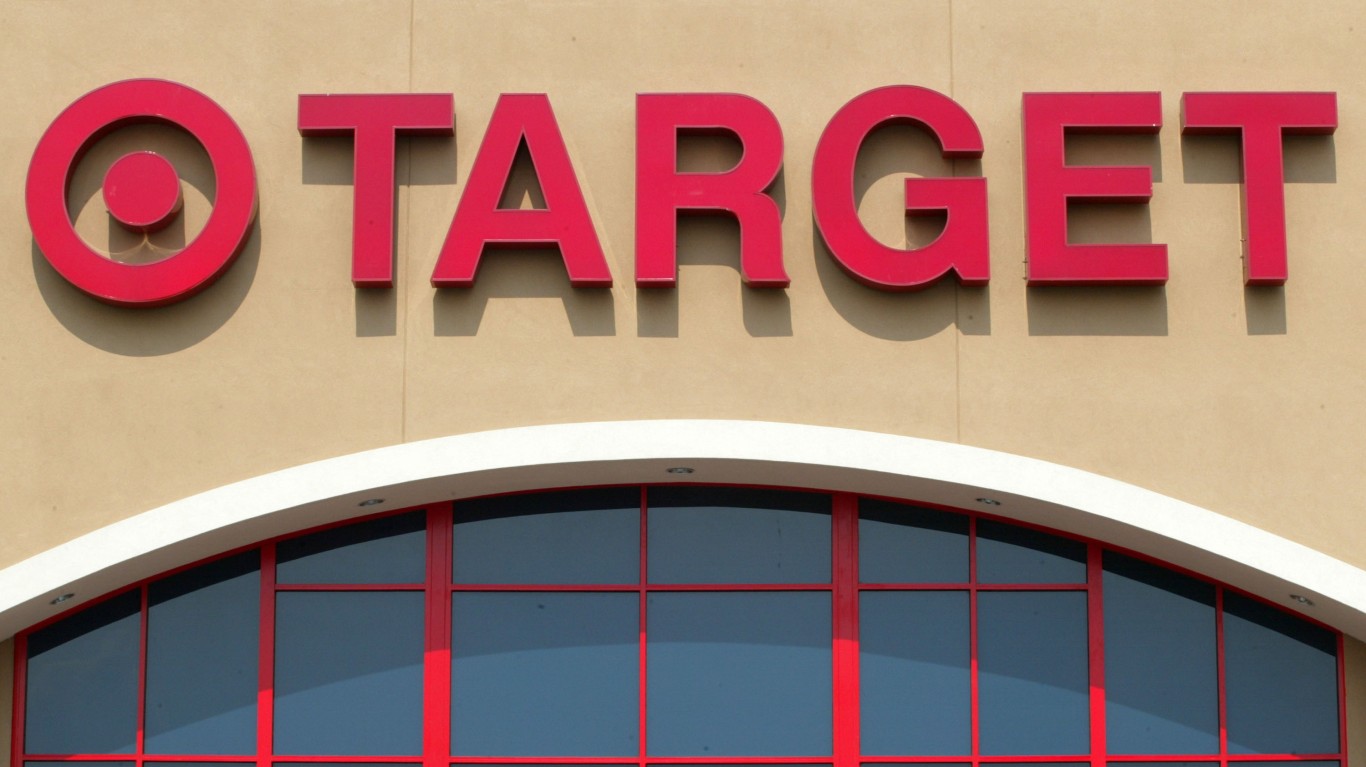
Where did the name Walmart come from? Costco? Best Buy? McDonald’s? Target was given its name by a publicity director at the company which at the time was the retailer’s parent company–Dayton’s Company. The date was May 1, 1962.
Dayton, later Dayton-Hudson Corporation, was founded in 1902 by George Draper Dayton. It was originally based in Minneapolis, MN. It remained Minnesota-based for decades. Through a series of several mergers, it spread its geographic footprint. By the time it merged with J.L Hudson of Detroit, in 1969, it was one of the 15 largest retailers in the country.
Dayton had a problem. Its department stores were not discount stores, and, therefore, did not draw customers based on price. The term “Target” was meant to change that. As the plan emerged to build stores with huge footprints in terms of square footage, that focused on “value”, Dayton’s publicity chief, Stewart K. Widdess thought up the name to differentiate it from the company’s core department store locations. Over the years, Target’s size and its number of stores have dwarfed its original parent.
The first Target store opened in Roseville, Minnesota. The rapidly growing retailer went public on October 18, 1967.
Currently, Target has 1,897 stores in all 50 states. (It finally added a store in Vermont in 2018). According to the National Retail Federation’s “Top 100 Retailers 2020 List”, Target is the 8th largest retailer in America based on revenue of $77 billion. That puts it behind Walmart, Amazon, Kroger, Costco, Walgreen’s Home Depot, and CVS.
According to Target, it has 350,000 employees. Seventy-five percent of the American population, it claims, is within 10 miles of a Target location. Target’s market capitalization is $96 billion.
Since most of the retailers larger than Target are not classic discount stores, its real competitors are Costco and Walmart. Since Costco is a “paid membership” retailer, Walmart is the only actual competitor. Like every retailer in the country, Target faces Amazon’s online dominance.
All large retailers, including Target, faced revenues that were battered by the drop shopping brought on by the pandemic. Even before that, Target’s growth had slowed, most likely because of the move of retail consumers online. Since that movement has accelerated in the last year, Target faces a challenge harder than it has in years–or perhaps since it was founded.
Click here to read, “This Retailer Closed 1,000 Stores in 2020.”
Click here to read, “Retailers Closing the Most Stores.”
The Average American Has No Idea How Much Money You Can Make Today (Sponsor)
The last few years made people forget how much banks and CD’s can pay. Meanwhile, interest rates have spiked and many can afford to pay you much more, but most are keeping yields low and hoping you won’t notice.
But there is good news. To win qualified customers, some accounts are paying almost 10x the national average! That’s an incredible way to keep your money safe and earn more at the same time. Our top pick for high yield savings accounts includes other benefits as well. You can earn up to 3.80% with a Checking & Savings Account today Sign up and get up to $300 with direct deposit. No account fees. FDIC Insured.
Click here to see how much more you could be earning on your savings today. It takes just a few minutes to open an account to make your money work for you.
Our top pick for high yield savings accounts includes other benefits as well. You can earn up to 4.00% with a Checking & Savings Account from Sofi. Sign up and get up to $300 with direct deposit. No account fees. FDIC Insured.
Thank you for reading! Have some feedback for us?
Contact the 24/7 Wall St. editorial team.




